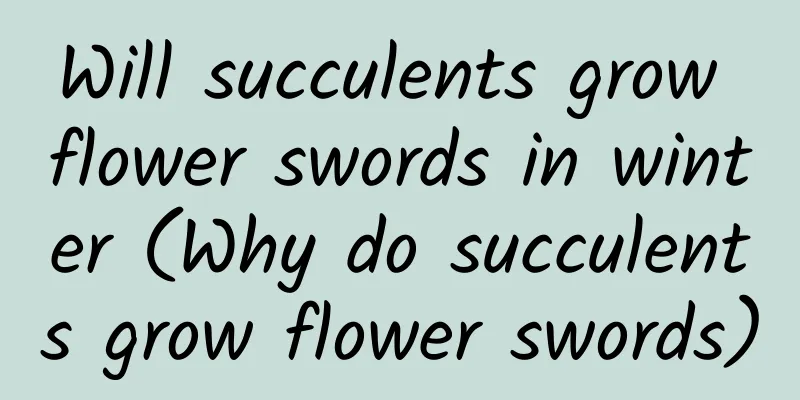How to prune potted oranges

When to prune orangesPotted oranges can be pruned when repotting, or they can be pruned once in spring and autumn. Spring pruning should be heavy so that more branches can sprout, which is beneficial for flowering and fruiting. Pruning branches and leaves of potted orangesThe basic pruning methods for potted oranges include pruning, bud removal and thinning. When the plant grows to a certain height, it needs to be pruned. During the growth period, overlapping branches, crossed branches, overgrown branches, horizontal branches, sick and weak branches, old branches and dead branches should be pruned in time. In the early stages of its growth and development, pinching and topping are the main methods, and the tender shoots at the top should be removed to control its growth height. Potted orange pruning floweringFirst of all, you should choose orange seedlings with good quality and keep them in a sunny and ventilated place to avoid damage by scale insects. In spring, you should prune dead branches, diseased branches, weak branches or leggy branches to reduce nutrient loss and promote the nutritional growth of orange seedlings. Pruning potted oranges will produce more resultsPotted oranges can be thinned out during the young fruit stage, with 3 to 5 fruits left on each branch and the rest removed. They should be pruned once shortly after the Spring Festival, and lightly pruned again in April. The top buds should be slightly pruned in May and June. When the new shoots turn green and will become dark green, water them sparingly for four to five consecutive days to promote the growth of flower buds and flowering, and then water them sufficiently and apply fertilizer. Things to note when pruning potted orangesProper pruning of potted oranges can promote the sprouting of new shoots. By heavily pruning weak trees and branches and lightly pruning strong trees and branches, "suppressing the strong and supporting the weak", the tree vigor can be adjusted. Bud removal should be done as early as possible, dense branches should be thinned out, and dead and diseased branches should be removed to make the crown branches reasonably and evenly distributed. |
Recommend
Can Kalanchoe be grafted?
Can be grafted Kalanchoe can be grafted, so flowe...
What should I do if the flowers wilt? Blindly replenishing water may have the opposite effect!
Water droop There is a baby. Huahua has advised h...
Is Lithops easy to grow?
1. Is it easy to raise? Lithops grow best in a wa...
How to cultivate jade ornaments
1. Soil Normally, jade plants particularly like s...
Don’t give away these “4 types” of trees easily, as they become more expensive as they get older, and their prices will keep rising!
Sometimes we think that after caring for a plant ...
How often should I water the cat's eye arrowroot?
How often should I water the cat's eye arrowr...
How often should I water the Begonia?
Growth habit: Begonia is suitable for living in r...
Why don't gardenias bloom?
1. Causes 1. The pH value of the soil is too high...
Where do shiitake mushrooms grow? Where are the main production areas of shiitake mushrooms?
Shiitake mushrooms look like a small umbrella, co...
What to do if there are black spots on the leaves of green radish in winter
1. Cut off the leaves Black spots on the leaves o...
How to care for hydroponic Yifanfengshunhua
The hydroponic method of the smooth sailing flowe...
The propagation method of cuttings of barberry and the specific time of cutting propagation
The method of cutting barberry mainly pays attent...
How to propagate honeysuckle with high survival rate by cuttings? Propagation technology of honeysuckle branches by cuttings
Honeysuckle has a high survival rate of cuttings....
Is cactus suitable for a large or small pot?
Should I use a large or small pot for a cactus? T...
Grandma cut some leeks at her neighbor's house and made dumplings for her grandson, who got poisoned immediately after eating them!
So, today Huahua is here to summarize for you, th...









